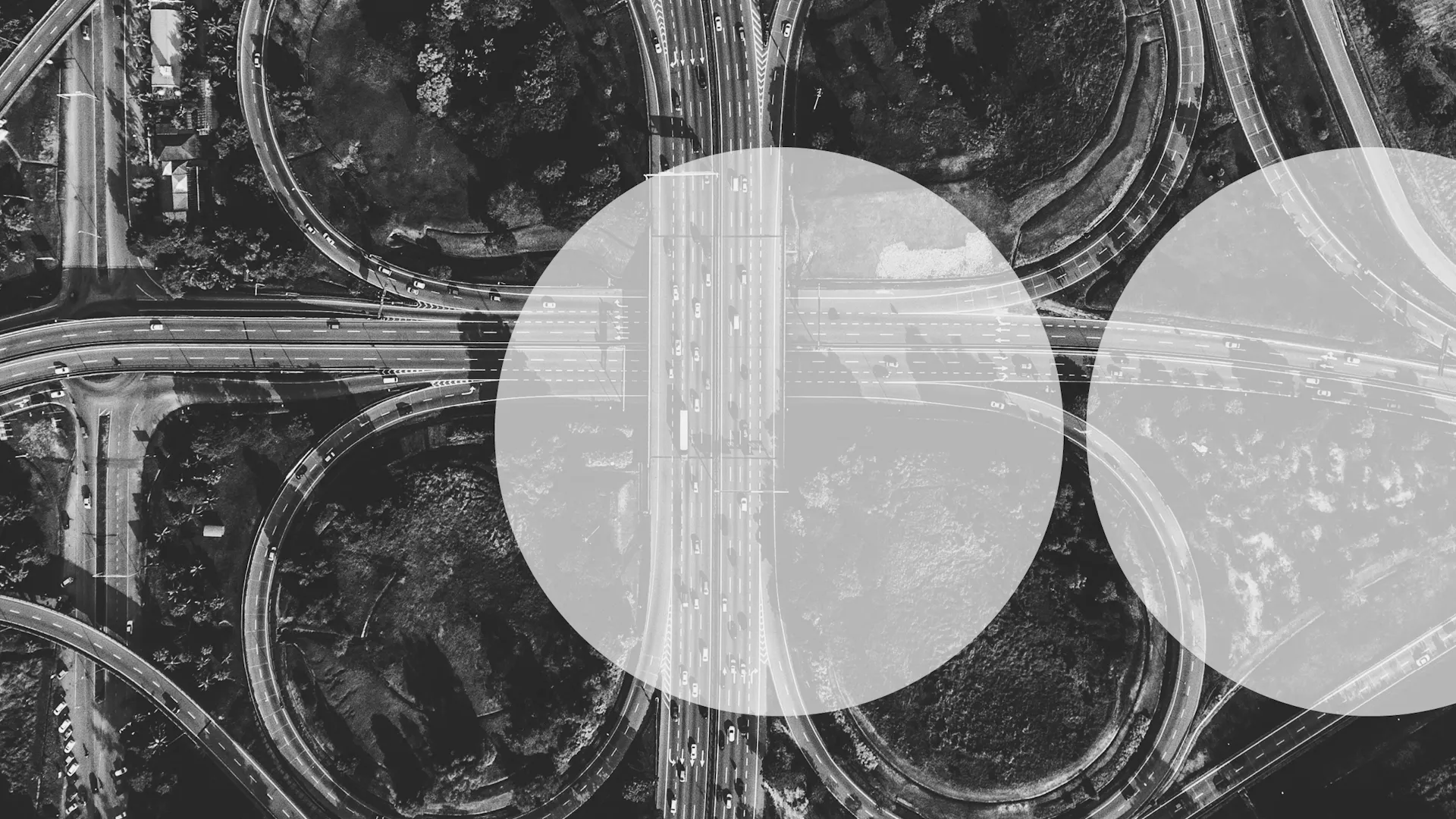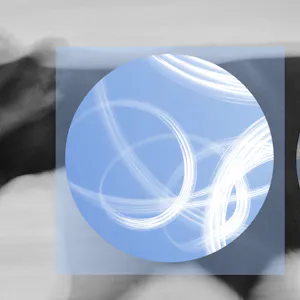Emerging threats

We support organisations striving to build a trustworthy, safe online environment where users can engage authentically in their communities.
Cross-sector corporatesWe support international government organisations and NGOs working to provide infrastructure or improve the capabilities, security and resilience of their nation.
International programmes and developmentWe support commercial organisations operating in a digital world, seeking to protect their reputation and prevent business disruption caused by cyber attacks and compliance breaches.
UK government and public sectorWe support UK government organisations responsible for safeguarding critical infrastructure, preserving public trust, and maintaining national security.



To avoid contributing to the flood of election takes that will undoubtably come today in the UK, I want to move far away. Indeed, as far away as possible: I want to talk about space.
Satellites are one of the most important and relied upon pieces of equipment in the digital era. Tens of thousands of them orbit the Earth, providing internet connectivity around the world. Some satellite arrays are household names, like the Global Positioning System (GPS), or scientific satellites like the Hubble or James Webb telescopes. But few people realise that satellites are currently undergoing a monumental change - a renaissance in power and performance that hasn’t been seen in decades.
There is a new term revitalising the now aging array of satellites orbiting the earth: constellations. It got its start with the introduction of the Starlink Constellation Array created by SpaceX. This constellation consists of thousands of individual satellites, each weighing over 250 kilograms and stretching almost three meters in length, deployed in a “constellation” that maximises their coverage over the Earth. Launching this many satellites, no matter how small, would have been prohibitively expensive before the advent of reusable rockets, a technology also developed by SpaceX.
These constellations quickly proved their worth, bringing relatively inexpensive internet access to locations where physical cabling was virtually impossible. They have even expanded into the military world, becoming one of the most consistent internet providers to the Ukrainian front line. Governments and private companies alike have taken note of this success, with the US, China, the EU and Turkey being some of the countries that have expressed an interest in developing constellations of their own.
The creation of such constellations would likely replace the relatively old systems we currently rely on, including the now 50-year-old GPS technology that underpins global navigation, and increase connectivity levels to new heights. Cheaper, faster, and more reliable internet access raises the baseline for both beneficial facets of the internet, as well as components utilised by threat actors. This quiet renaissance of hardware advancement is happening mostly away from the public eye, but it is set to slowly but surely change our relationship with the internet in ways that weren’t possible a few years ago.
More about Protection Group International's Digital Investigations
Our Digital Investigations Analysts combine modern exploitative technology with deep human analytical expertise that covers the social media platforms themselves and the behaviours and the intents of those who use them. Our experienced analyst team have a deep understanding of how various threat groups use social media and follow a three-pronged approach focused on content, behaviour and infrastructure to assess and substantiate threat landscapes.
Disclaimer: Protection Group International does not endorse any of the linked content.

With the continued rise in cyber attacks—particularly those targeting supply chains—there’s been growing pressure within the industry for organisations to demonstrate information security to clients, partners and regulators.

Boards and executives play a defining role in setting culture, governance, and accountability for their organisations and part of that is digital resilience.

Maintaining PCI DSS compliance, especially in smaller teams, can seem like a daunting task. The good news is that it’s entirely achievable as long as you have a structured plan and the right policies and procedures in place to manage risks and protect sensitive payment data.